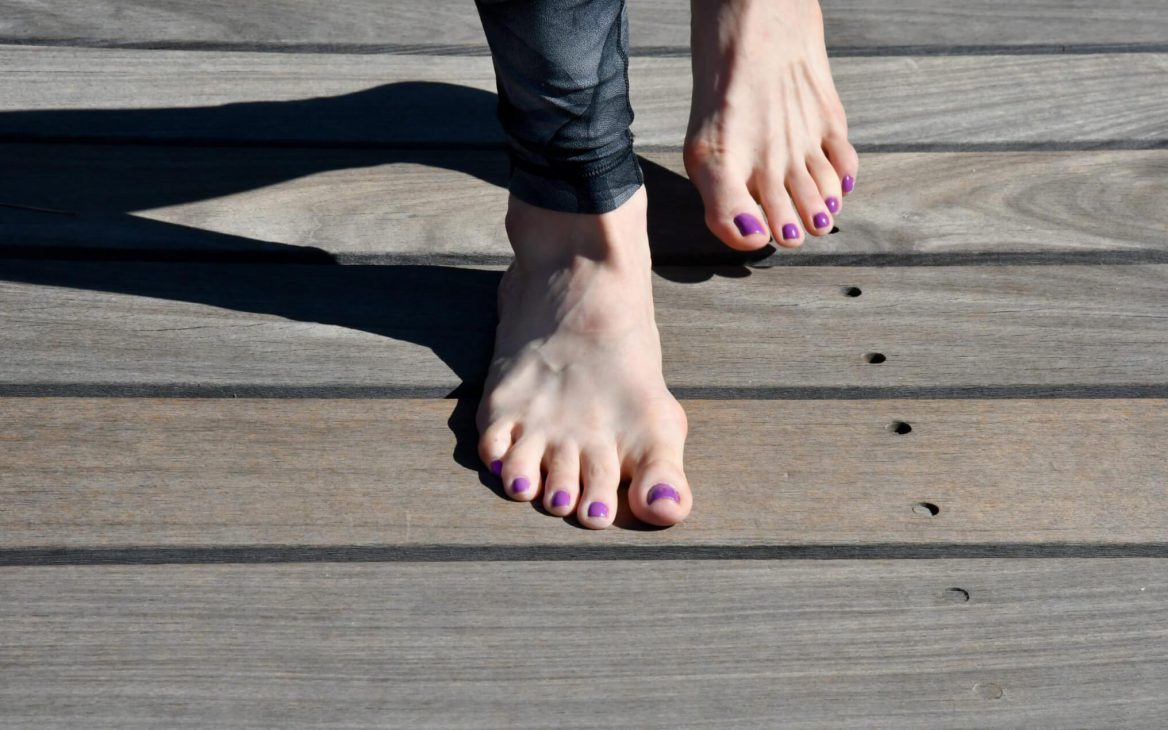In most anatomical discussions relating to the body and movement, the esophagus often gets ignored. Yet the role of the esophagus is critical, for it is the beginning of the GI (gastro-intestinal) tract. It passes from the back of the oral cavity to the stomach and is 9-10 in. or 23-25 cm long. In this sense it is an integral part of the throat chakra, the throat is subject to both physical and emotional strain.
At the top, the esophagus descends behind the epiglottis. It is here where the sound of ujjayi breath is made. Should there be strain or holding in the esophagus the clear resonance of ujjayi breath may be difficult to make. In the English language we have expressions like, “cat got your tongue”, “choked up” and “gagged with a spoon”. These all allude to mechanical strain in the upper part of the digestive tract. Strain in the upper digestive tract may be coupled by strain at the base of the colon. In the esophagus, this may show up as belching, hiccups, dryness, excess coughing, heartburn, scratchy throat, difficulty swallowing or the urge to vomit. In the colon it may reflect gas, loose stool, hemorrhoids etc.
Like the rest of the GI tract, the esophagus has a peristaltic movement. Food transits down to the stomach in little wave-like movements. If there is rigidity in the throat this peristaltic movement is inhibited.
The juncture of the esophagus and stomach is a common place for tension (see Pl 232 Netter 3rd Edition). Here is where the narrow muscular tube of the esophagus becomes the broad holding sac of the stomach. There is a sphincter-like structure at this junction that is often under duress. This stress can be due to people eating too fast, eating too much, swallowing air when they eat, or improperly chewing their food. It is also due to the stomach pressing up against the under-side of the diaphragm. The vagus nerve that enervates the stomach and esophagus is affected when under stress, especially relevant to eating disorders.
The esophagus perforates the diaphragm at the posterior margin of the diaphragm. This is where the crus (central tendon) of the diaphragm attaches to the spine (T12-L2). This is also where the psoas fibers inter-weave with the fibers of the respiratory diaphragm. When there is constriction in the diaphragm due to improper breathing, stress or trauma, the esophagus may be constricted. Tension on the left psoas can contribute to restriction at the gastroesophageal junction.
When the upper stomach is tense it rides upward against the diaphragm, like the way a helium balloon gets pinned upward against the ceiling. Due to nervous tension, stress when eating, poor food combining or high acidic levels in the stomach, contents from the stomach can spit up through the diaphragm into the lower esophagus. This is called GERD (gastroesophageal reflux disease). In a hiatal hernia a small portion of the stomach passes into the thorax through the esophageal junction.
It is important in yoga practice and meditation training to relax the tongue, soften the throat and jaw. Try to visualize the length of the esophagus and bring relaxation into the entire length of the tube. Visualize the juncture of the esophagus and stomach relaxing and spreading wide. Breathe into the left hemisphere of your diaphragm to ease tension at the top of the stomach.
Practice prasarita padottanasana with your head supported by a block or bolster. Keep your head perpendicular to the floor so that the weight is forward of the very top of your skull. Raise your scapula but release the small of your neck downward toward the floor. Be sure to relax your face, jaw and tongue and release any pressure around your throat. Use a light soft ujjayi breath.
Then do upavista konasana and parsva upavista konasana with your forehead supported on a block or bolster. Be sure to extend your side ribs and side waist away from your pelvis and to lengthen the front of your spine. Support the center of your brow in order to release the skin of your face and relax your tongue. Keep your entire throat soft and allow the esophagus to traction passively. Swallow several times to encourage a gentle peristaltic rhythm in your throat. Visualize your throat widening and softening. Focus on your inhalation breathing into T12-L2, the vertebrae associated with the gastroesophageal junction. Visualize and feel your breath moving into your left chest and upper abdominal cavity. Feel the left side of your diaphragm gliding down against your stomach in order to create more fluid movement in this area.
Perform tryanga mukha eka pada pascimottanasana, janu sirsasana and pascimottanasana in the same way with head supported.
Then do halasana on 4 blankets. Take the blanket support to the base of your neck at T1-C7. Be sure to turn your shoulders far underneath you so that you do not weight bear on your upper vertebrae. Actively raise your side body, side ribs and side waist toward the ceiling. Actively press your thigh bones away from your face to avoid spinal compression.
If you experience strain on your throat then place your feet onto a chair or against the wall.
Visualize again a feeling of ease and relaxation in your neck and throat. Keep your face, tongue and jaw soft. If you experience any neck compression then transfer more weight to your shoulders, in particular your outer shoulder blades.
Then you can raise up into sarvangasana (shoulderstand) and keep the same ease around your neck! Do not jam your chin toward your sternum. Continue to use active inhale to open your left chest cavity.
Once you are down, do supported matsyasana. Place a block width-wise under your shoulder blades and allow your neck to extend so that the back of your head rests to the floor. Avoid compressing the back of your neck. Visualize the smooth muscle fibers along your esophagus stretching and your diaphragm spreading wide. Use a soft steady breath. Allow your jaw to hang open so that the stretch receptors in your esophagus lengthen.
Then in seated meditation relax your tongue, soften your throat and jaw. Swallow a few times to introduce natural peristalsis. Visualize the length of your esophagus from the root of your tongue, along the front of your spine, through your diaphragm and into your stomach. Bring relaxation into the entire length of the tube. Visualize the juncture of the esophagus, stomach and diaphragm relaxing and spreading wide. Breathe into the left hemisphere of your diaphragm to ease tension at the top of your stomach.
Finish with the lion’s breath (simhasana). Exhale forcefully through your mouth with tongue extended. Actively stretch your tongue forward and down. Visualize the exhalation beginning at the lower end of your esophagus. Avoid causing irritation in your throat. Simhasana simultaneously tones the pelvis, respiratory and upper thoracic diaphragms. It helps release the tmj (temporomandibular joint and stretch the strong muscles of the jaw (masseter and pterygoids). It helps maintain elasticity in the esophageal tube. Repeat 5-7 times and relax afterwards in savasana.


